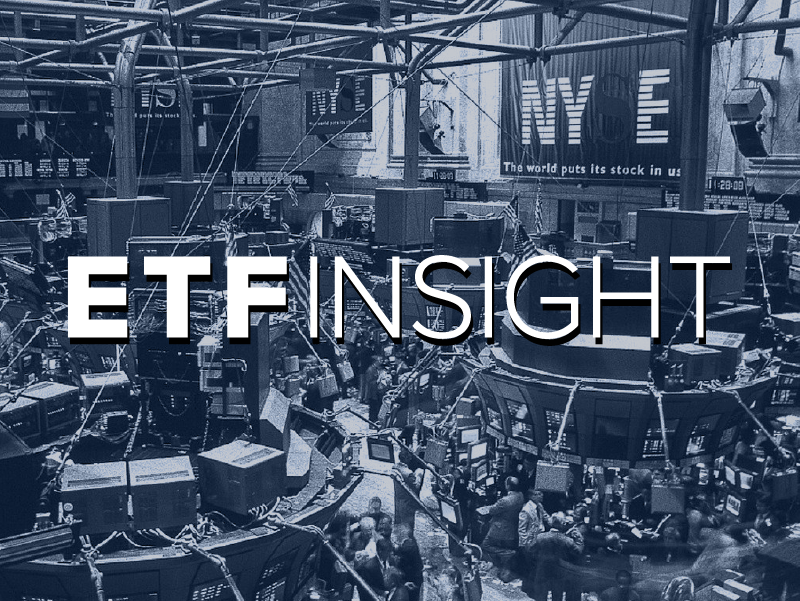Regulators are becoming increasingly concerned about the high fees major exchanges charge for market data and the ability they have to restrict access to competitors.
The revenues exchanges generate from market data has long been a point of issue for their asset manager and market maker clients. Real-time, historical, summary and reference data that exchanges provide is crucial for activities such as trading, investments, reporting and auditing.
Over the past decade, exchanges have turned to data as a key source of revenue after trading in Europe became fragmented with the majority of trades now executed over-the-counter (OTC). They argue the fees they charge for data are reasonable and are subject to competitive price pressure.
According to Burton-Taylor International Consulting, exchanges’ market data revenue rose 12.1% to $3.3bn in 2014 alone while traditional data venues grew just 4.1% over the same period. Data now accounts for a fifth of global exchange revenues at $6bn, up from $1bn in 2005.
As Octavio Marenzi, CEO of Opimas, said: “The profits that exchanges generate from market data have come under intense scrutiny in recent years, with broker-dealers and asset managers complaining bitterly about what they consider to be exorbitant, monopolistic fees.”
As a result, regulators have started to take a closer look at whether the “monopolistic” fees are justified.
Earlier this year, the Financial Conduct Authority (FCA), as part of a dear CEO letter to benchmark administrators, highlighted how some firms operate across different parts of the value chain meaning they have the ability to limit or charge competitors higher fees for their data. Examples of this include the London Stock Exchange owning FTSE Russell or Euronext offering a full index suite.
Furthermore, the European Securities and Markets Authority (ESMA) launched a consultation in which it found MiFID II, which came into effect on 3 January 2018, has not delivered on its objective to lower the prices of market data.
Under MiFID II, exchanges are required to publish market data "on a reasonable commercial basis" and make data free of charge 15 minutes after publication.
Exchanges stressed to ESMA that the changes in the cost of market data were "a natural consequence of the structural changes in the market" with the introduction of more electronic trading.
The December 2019 report said: "Trading venues stressed that those changes require...constant investment in hardware and software by trading venues and other data providers. Furthermore, trading venues and Approved Publication Arrangements (APAs) consider that MiFID II/MiFIR created a need for adaptation to regulatory requirements that had an impact on data provision."
Despite this, however, the asset manager's concerns were heard with ESMA revealing plans to “start working on supervisory guidance on the application of the provision to provide market data on a reasonable commercial basis and towards improving the quality of OTC data”.
The European regulator has already started to crack down on exchanges’ data revenues. Highlighting this, two of Europe’s biggest exchanges, Nasdaq and Spain’s Bolsas y Marcados Españoles (BME), were investigated by ESMA last year due to high data revenues. Nasdaq generated an estimated $390m from data in 2018 while BME earned €66.7m.
Across the pond, US exchanges are also under pressure from the Securities and Exchange Commission (SEC) which has already blocked fee increases by the New York Stock Exchange and Nasdaq in 2018.
This increasingly active role was highlighted when the US regulator announced plans to overhaul market data distribution in February in order to make the landscape more competitive.
For Tobias Sproehnle, CEO of Moorgate Benchmarks, it is not only the high fees exchanges charge but also the process for licensing data to index providers that is a major issue.
“There are many factors that currently stifle innovation in the index ecosystem but the fact that the major exchanges own index providers that are dominant in their space is definitely the biggest one,” he added.
“It is about time regulators have a closer look at the licensing behaviour and fee levels from exchanges to index providers.”
Regulation, innovation and fee pressures: European ETF industry outlook 2020
However, some good news for asset managers and market makers is they are winning the battle, according to an Opimas research note entitled Exchanges and Market Data – How Much Money Is Being Made?.
The report concluded: “US and EU exchanges will have to contend with far greater regulatory oversight in regards to their pricing for market data, although the form that this will take is not clear yet.
“At the moment, the broker-dealers and asset managers who have complained so loudly about the cost of market data appear to be gaining the upper hand, with exchanges fighting a rear-guard battle to stave off regulators, who are intent on limiting how much exchanges earn with market data.”
ETF Insight is a series brought to you by ETF Stream. Each week, we shine a light on the key issues from across the ETF industry, analysing and interpreting the latest trends in the space. For last week’s insight, click here.




